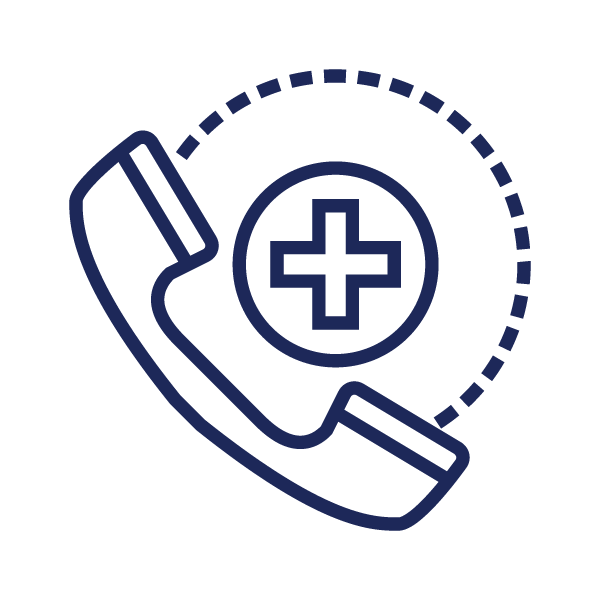Opioid Addiction and Overdose: Unveiling the Grim Reality
Opioid addiction is a devastating crisis that cuts across all demographics, showing no regard for race, age, or gender. From affluent suburbs to rural communities, the impact of opioids is felt universally, illustrating that addiction can affect anyone, anywhere. The statistics are sobering, and the realities are harsh, but understanding the scope of this epidemic is crucial for finding effective solutions.
The Ubiquity of Opioid Addiction
- Non-Discriminatory Nature: Opioid addiction affects people from all walks of life. It does not spare any demographic, including teenagers experimenting with painkillers, middle-aged adults prescribed opioids for chronic pain, or seniors managing post-surgical discomfort.
- Demographic Spread: Studies have shown that opioid misuse spans across all age groups. In 2019, the highest rates of opioid misuse were found among young adults aged 18-25, but significant numbers were also seen in older adults. Additionally, opioid-related deaths have been rising among African Americans and Hispanics, highlighting the epidemic’s reach into diverse communities.
Stark Statistics
- Prevalence of Use: In 2019, over 10 million people aged 12 or older in the United States misused opioids, including 9.7 million who misused prescription pain relievers and 745,000 who used heroin.
- Overdose Deaths: The opioid crisis has led to a staggering number of overdose deaths. In 2021, nearly 50,000 Americans died from opioid overdoses. Synthetic opioids, particularly fentanyl, have been a significant driver of this increase, with fentanyl involved in over 60% of opioid overdose deaths in recent years.
- Geographic Disparities: While the crisis is nationwide, certain areas are hit harder. States like West Virginia, Ohio, and Pennsylvania report some of the highest overdose death rates, reflecting both the availability of opioids and socioeconomic factors.
The Realities of Addiction
- Physical Dependence and Tolerance: Opioids bind to receptors in the brain and other parts of the body to reduce pain and produce euphoria. With prolonged use, the body develops tolerance, requiring higher doses to achieve the same effect, leading to physical dependence and, eventually, addiction.
- Withdrawal Symptoms: Stopping opioid use abruptly can result in severe withdrawal symptoms, including nausea, vomiting, muscle pain, and intense cravings, which often lead individuals back to drug use.
- Health Complications: Beyond the risk of overdose, opioid addiction can lead to a range of health issues, including respiratory depression, increased risk of infectious diseases like HIV and hepatitis C due to needle sharing, and mental health disorders.
Societal and Economic Impact
- Economic Burden: The opioid epidemic has significant economic consequences, costing the United States an estimated $78.5 billion annually. This includes healthcare costs, lost productivity, addiction treatment, and criminal justice involvement.
- Impact on Families: Opioid addiction tears apart families, leaving children without parents and straining social services. The foster care system has seen an influx of children whose parents are unable to care for them due to addiction.
- Community Strain: Communities across the country face increased crime rates, homelessness, and overwhelmed healthcare systems as a result of the opioid crisis.
Conclusion
Opioid addiction is a multifaceted issue with far-reaching effects. It transcends racial, age, and gender boundaries, highlighting the need for comprehensive strategies that address prevention, treatment, and recovery. By acknowledging the pervasive nature of this epidemic and committing to sustained action, society can begin to mitigate the impact of opioid addiction and support those affected on their journey to recovery. Understanding the facts and facing the realities head-on is the first step towards meaningful change and healing.






